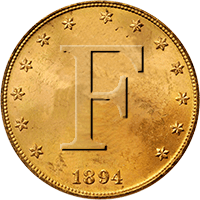Arado were major player in European detecting for many years as they had deep seeking ability with discrimination that allowed thin hammered silver and gold to be recovered.
They started with the IBA45 a pretty standard induction balance machine. Then the VFA 90 that used variable frequency accoustics. Sensitivity changes to different metals (ie to improve gold pick up) were achieved by changing the coils which were different colours.
Depth of this machine was not great.
Beach machines were the 65 and 95. No meters etc but excellent audio discrimination. No need to dig any iron from small to huge. 95 had an added switch to make the machine a little more versatile so it could be used to sift through Roman spoil heaps for small difficult to find coins. A later machine, the TR180, was specially developed to tackle heavily iron contaminated ground.
On the land front the 120 was followed by the 120b, then the 130 and there was a Falklands special developed for the use of our army during that war.
The 120 to 130 range were all cosmetically the same with the control bx at the rear acting as an armrest. Handle in front with a ferrous/non ferrous meter set on top. Of the three models on sale to the public there were in fact several changes improving sensitivity so the higher the model range number the better it should be but then the individual production I.D. number should be checked as the later ones in each range should have had further sensitivity improvements.
One fly in the ointment was the 130. It was supposed to offer real depth gains and the ability to operate better under power lines. It was no better under my power lines and the depth of the primary all metal circuit was improved but the meter I.D. depth circuit didn't have the same gain so I.D. was not as accurate.
None motion meter discriminators never went off the market in the U.K. You can buy a couple of different models from C-Scope. The 1220 range are very popular. The latest 1220R has a digital meter, excellent balance and superb build quality. Unfortunately in my part of the country it just doesn't work as well as the old analog meter versions.
To get a true Arado if you have deep pockets then the Saxon Ultra Depth from Essex Metal Detectors is just that, but with a 50% depth improvement over the original.


